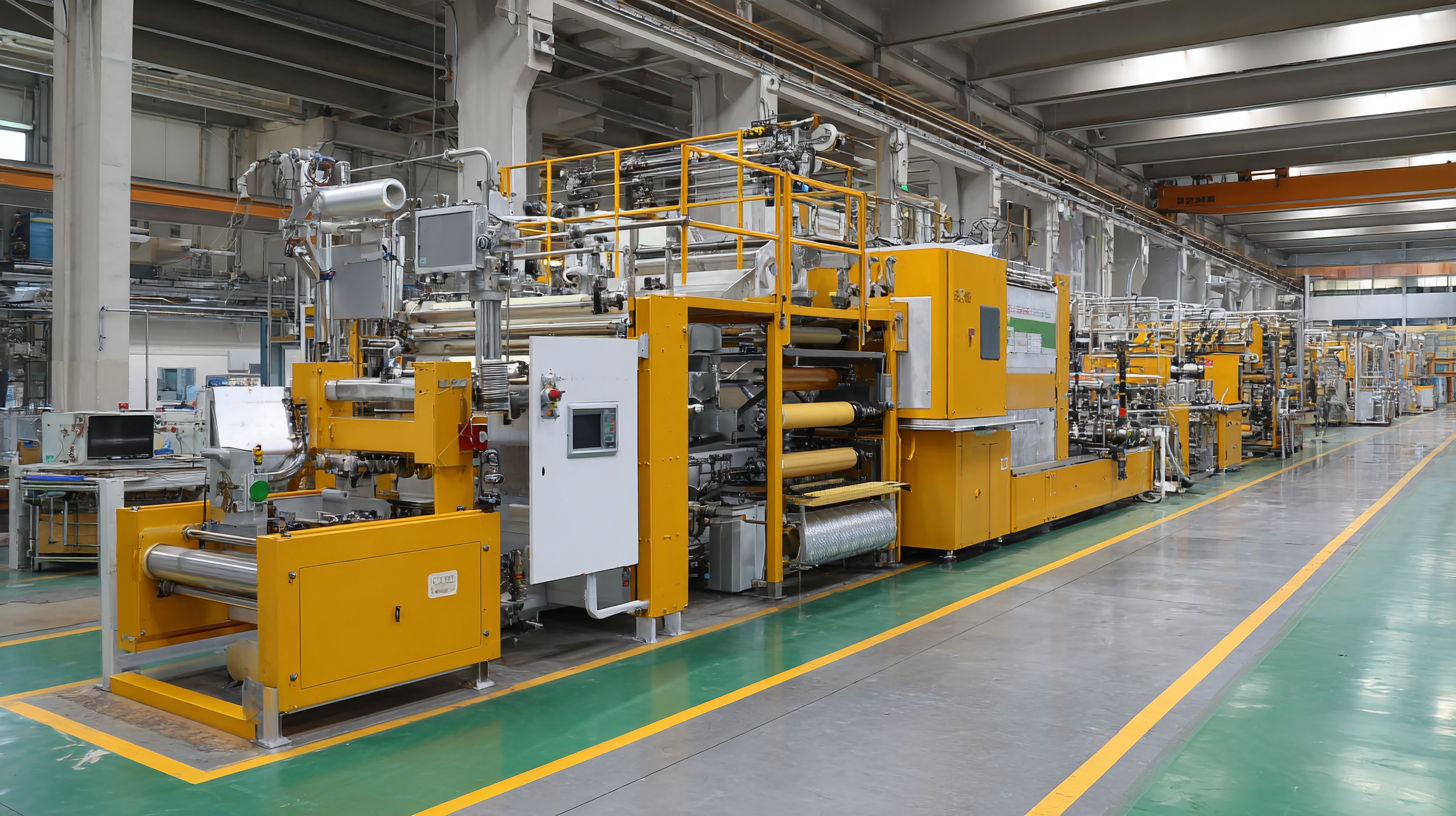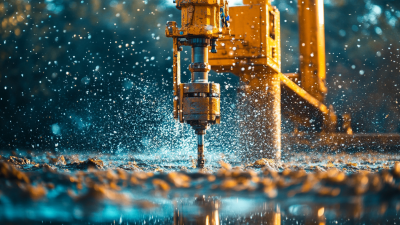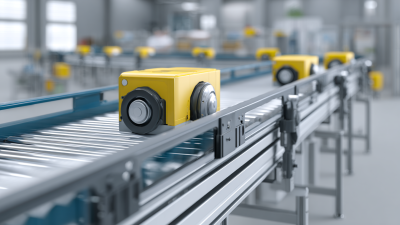In the ever-evolving manufacturing landscape, optimizing production processes is crucial for enhancing efficiency and reducing operational costs. One pivotal piece of equipment that plays a significant role in achieving these objectives is the Rubber Slitting Machine. According to a recent industry report by MarketsandMarkets, the global rubber processing market is projected to reach $50 billion by 2025, with techniques such as slitting being essential for precise material handling and waste reduction. Embracing advanced rubber slitting technologies not only minimizes production downtime but also improves the quality of the final product. Implementing best practices and innovative strategies with a Rubber Slitting Machine can lead to considerable gains in productivity, making it a vital investment for manufacturers looking to stay competitive in today's fast-paced market.
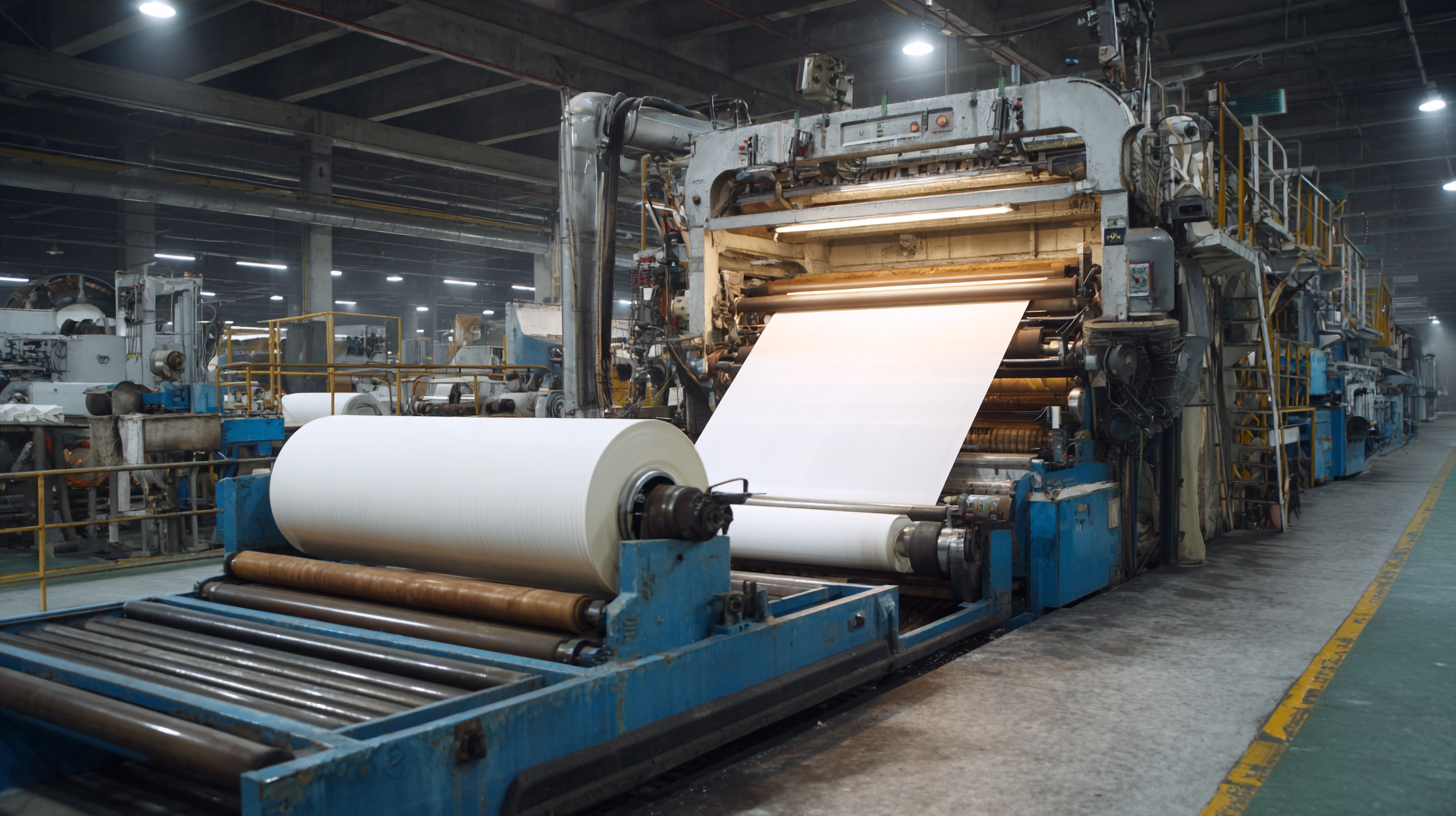
Rubber slitting machines play a pivotal role in modern production processes by enabling precise cutting of rubber materials. Understanding their functionality is essential for maximizing efficiency and minimizing waste. These machines significantly improve the accuracy of cuts, allowing manufacturers to produce consistent rubber sheets or strips tailored to specific requirements. This precision not only enhances product quality but also streamlines the overall production timeline.
When utilizing a rubber slitting machine, it’s crucial to maintain the equipment regularly to ensure optimal performance. Regularly checking blade sharpness and alignment can make a significant difference in the quality of the cuts. Additionally, adjusting the machine settings to accommodate different rubber thicknesses can optimize production efficiency and reduce downtime.
Another tip is to train your operators thoroughly on the machine's features and best practices. Ensuring that staff understand how to operate the machine safely and efficiently can lead to better production outcomes and fewer errors. Implementing these practices can elevate your production process, making it more productive and cost-effective.
When selecting the right rubber slitting machine for your production process, several key factors must be considered to ensure optimal efficiency and quality.
First, assess the machine's cutting capacity, which should align with your production volume and the thickness of the rubber materials you will be processing. A machine that accommodates a variety of thicknesses and widths can provide versatility for different projects, streamlining your operations.
Another critical factor is the machine's speed and accuracy. High-speed machines may increase productivity, but they should also maintain precision to prevent material waste and ensure consistent product quality. Additionally, consider the ease of maintenance and the availability of replacement parts. A machine that is difficult to service can lead to downtime, impacting your overall production schedule. By evaluating these elements, you can choose a rubber slitting machine that not only meets your current needs but also adapts to future demands, ultimately enhancing your production efficiency.
Efficient rubber slitting processes are critical for manufacturers aiming to maximize productivity and minimize waste. According to a report by the Rubber Manufacturers Association, optimizing production processes can lead to a 20% reduction in operational costs. To set up your rubber slitting process effectively, start by conducting a thorough analysis of your current workflow. Identify bottlenecks and the average downtime of your equipment—data shows that maintenance-related delays can account for up to 15% of production time. By focusing on these areas, you can streamline operations and improve overall efficiency.
Next, invest in high-quality rubber slitting machines that cater to your specific production needs. A study by the International Rubber Conference highlighted that the right machinery can enhance cutting precision and speed, ultimately boosting output by over 30%. Regularly calibrating your machines and training staff on best practices is equally important. Ensuring that your team is knowledgeable about operating the equipment not only increases safety but also fosters a culture of continuous improvement, allowing your production process to adapt to market demands swiftly.
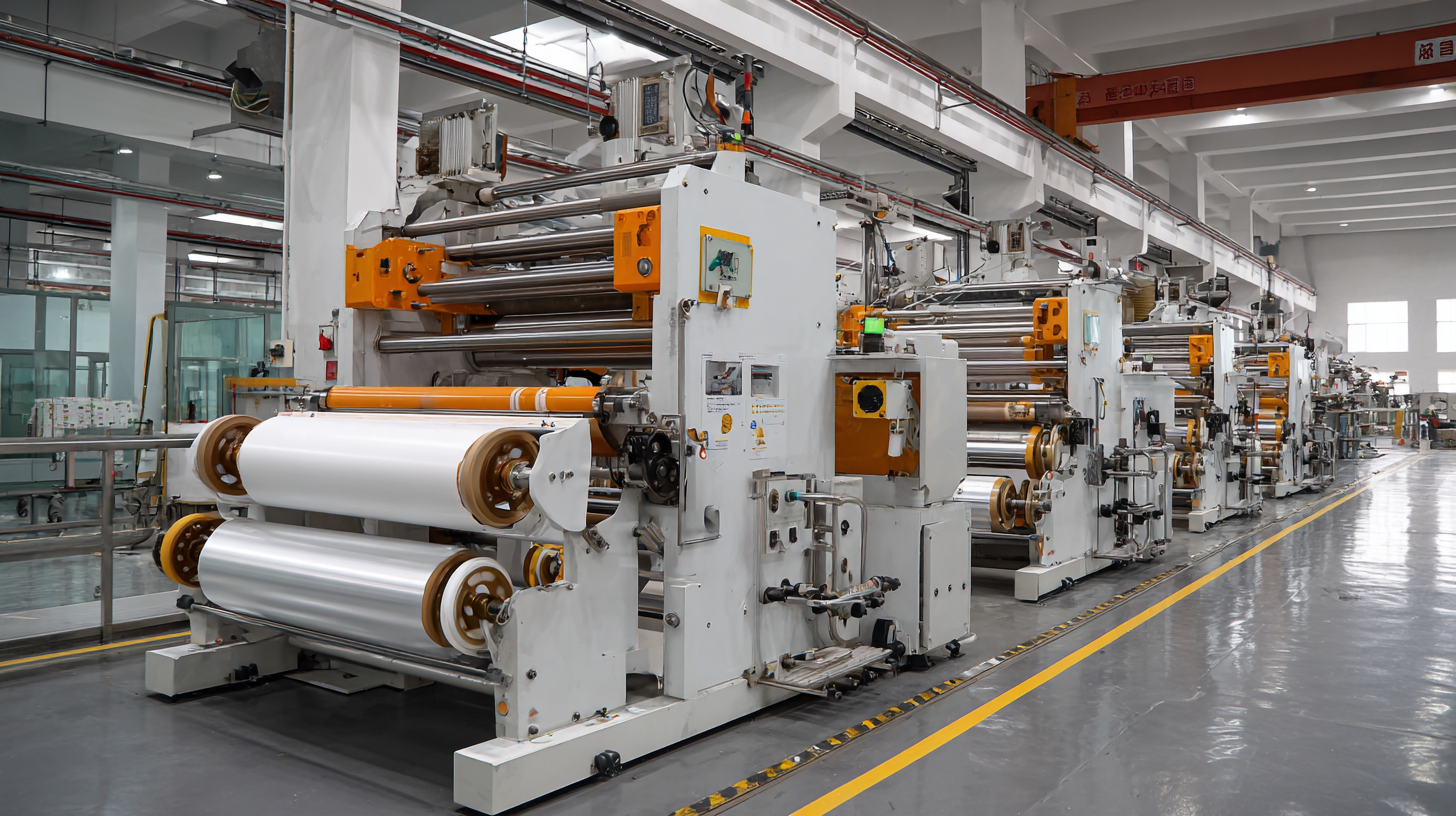 Rubber slitting is a critical process in the manufacturing industry, yet it often presents several challenges that can impede efficiency. One common issue is material inconsistency, which can lead to uneven cuts and waste. To tackle this, manufacturers should invest in high-quality rubber materials and ensure that they are stored properly to maintain their integrity.
Rubber slitting is a critical process in the manufacturing industry, yet it often presents several challenges that can impede efficiency. One common issue is material inconsistency, which can lead to uneven cuts and waste. To tackle this, manufacturers should invest in high-quality rubber materials and ensure that they are stored properly to maintain their integrity.
Regular calibration of the slitting machine is also essential, as it ensures the machine operates within specified tolerances, reducing the risk of defects.
Another challenge faced in rubber slitting is knife wear and tear. Dull blades can cause rough edges and increased friction, affecting overall productivity. To overcome this, implement a regular maintenance schedule that includes blade inspections and timely replacement. Additionally, using the right type of blade for specific rubber grades can significantly improve cutting performance and prolong its lifespan.
By addressing these common pitfalls, manufacturers can optimize their rubber slitting processes, resulting in higher-quality products and enhanced operational efficiency.
Maintaining a rubber slitting machine is crucial for optimal performance and efficiency in production. Regular maintenance not only extends the lifespan of the equipment but also significantly enhances output quality. According to a report by the Rubber Manufacturers Association, machines that are routinely maintained can experience a 20-30% increase in operational efficiency. This emphasizes the importance of developing a preventive maintenance schedule that includes regular inspections, cleaning, and necessary replacements of worn-out parts.
Key maintenance tips include routine lubrication of moving components to minimize friction and wear. Operators should also monitor blade sharpness since dull blades can cause excessive strain on the machine and lead to inaccurate cuts. A consistent assessment of the machine's tension settings can prevent defects in the slitting process, as incorrect tension can result in uneven cuts. Industry experts suggest that adhering to these practices can lead to reduced downtime and maintenance costs, highlighting how proactive measures can significantly impact productivity and profitability in the rubber manufacturing sector.
